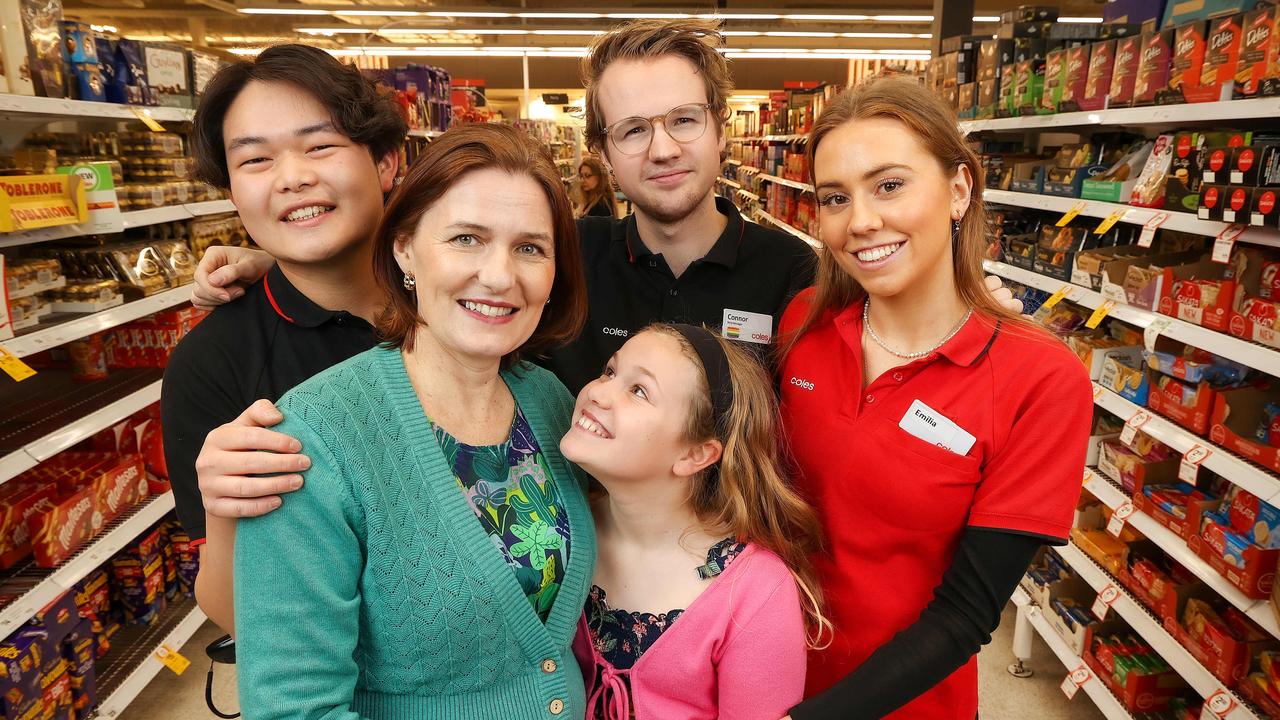North East Victoria to be world leaders in childhood obesity fight
AN AMBITIOUS model to reverse childhood obesity is so successful in improving the health of kids in Victorian pilot sites that communities around the world are queuing up to use it. Here’s how it works.
VIC News
Don't miss out on the headlines from VIC News. Followed categories will be added to My News.
AN AMBITIOUS plan to reverse childhood obesity across Victoria will see an “army of community champions” enlisted to makeover their entire towns as a new way of halting the epidemic.
This model of creating community-led change, developed by Deakin University, has been so successful in improving the health of children in pilot sites across Victoria that there is a waiting list of communities around the world wanting to use the formula.
The $4 million RESPOND program will first see towns in the state’s northeast brainstorm all the unique factors contributing to childhood obesity in their area; everything from the taste of local tap water, access to soft drinks, junk food advertising and active transport.
JUNK FOOD TV BAN WOULD REDUCE OBESITY: DEAKIN RESEARCHERS
PUSH TO BAN CARTOONS FROM HIGH-SUGAR CHILDREN’S FOOD
AUSTRALIAN OBESITY EPIDEMIC WORSE IN 2018: REPORT

They will then be supported over the next five years to make changes across all these areas, to reach more than 30,000 children in 116 schools from 12 shires.
Lead researcher and director of Deakin’s Global Obesity Centre, Professor Steven Allender, said childhood obesity was not a problem one agency could solve. Rather, the Global Obesity Centre’s model showed tackling the multiple causes, at once, in the one community, produced results.
“What we really need is lots of people doing lots of different things across the community,” Prof Allender said.
“From the mayor, president of the retail association, a new mum, teacher and footy coach — all members of the community have a role to play in improving the health of kids.
“This will create a whole range of champions; an army of people in each community who are constantly finding ways to make normal healthy. At the minute, normal is unhealthy.”

The program has been funded by the National Health and Medical Research Council, state government departments and health promotion agencies.
Prof Allender said that, with 28 per cent of Victorian children and teenagers overweight or obese, it was time to enact a whole-of-community, evidence-backed approach.
“This isn’t a canary starting to cry at the bottom of the mine; we’re a long way past a crisis,” he said.
“Because this has happened over 30 years, and not over a weekend, we’re just jogging along. But it’s time to act.”
Rebecca Southurst, chief of the Lower Hume Primary Care Partnership in the Mitchell and Murrindindi shires where RESPOND is being rolled out, said factors influencing the health of her community included limited access to supermarkets but ready access to fast food, sparse public transport and the need for free opportunities for physical activity in disadvantaged areas.
“If we can get children healthy, we can set them up for their whole life,” Ms Southurst said.
“Having the community understand the link, and doing lots of little things to create healthy environments through this program, would be a big success.”


